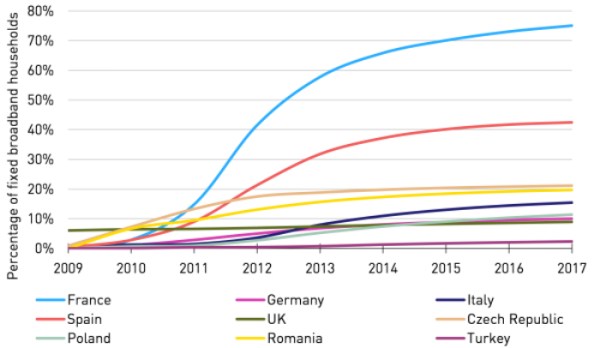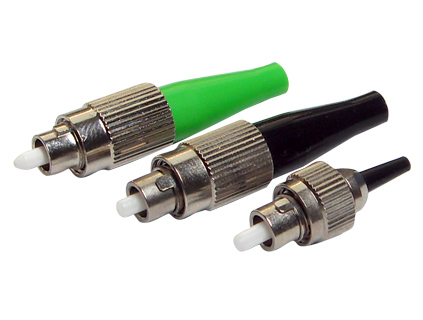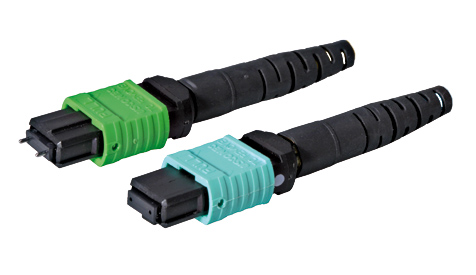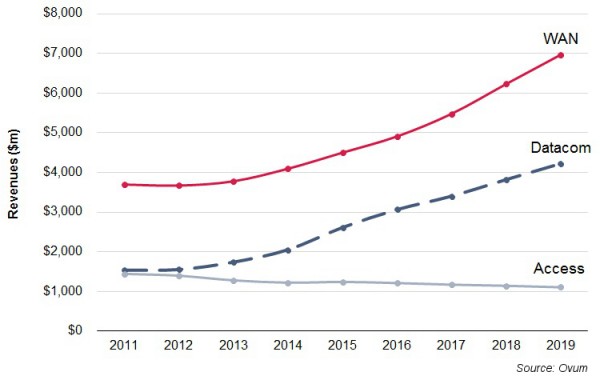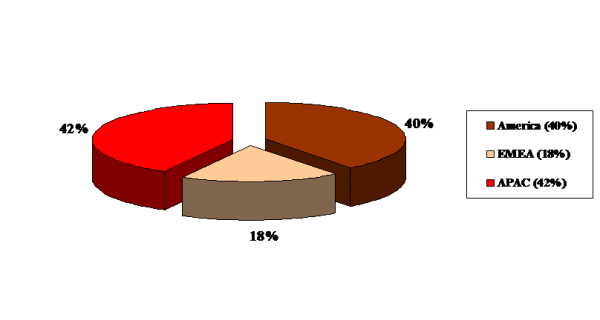To avoid the problem of color change versus incidence angle in an optical system, thin-film-coated filter elements can be replaced by a filter consisting of a stack of different filter glasses.
JASON KECK
Rugged, no coating degradation
Advantages of using a filter stack rather than a thin-film-coated optical element include wide-angle performance (see Fig. 2) and high durability. Because the glass itself performs the blocking, there is no concern of coating degradation due to extreme environmental shifts, contamination, or mishandling. Filter stacks are as durable as the glass they are made from, surviving aggressive cleaning methods, severe abrasion, salt/fog testing, humidity, and temperature cycling per durability standards of MIL-PRF-13830B, MIL-C-48497A, and MIL-C-675C.
Because all filter glass types have approximately the same index of refraction, there is no Fresnel loss as light propagates from one internal layer to another. However, as with any glass, the air-to-substrate interfaces will incur an ~8% total Fresnel loss for the component.
The addition of a broadband antireflection (BBAR) coating on each air-to-substrate surface can mostly eliminate this loss. The spectral range of the BBAR is designed to be much wider than the active spectral region of the 100G DWDM filter, so the stability of the transmission band will not be affected by changes in the angle of the filter. Blocking coatings can also be added if it is necessary to create steeper edges for in-band performance; however, doing so can affect the wide-angle performance at the edge wavelengths.
ColorLock filter stacks can be designed for spectral ranges from ultraviolet to near-infrared, with transmission exceeding 60% at the specified design wavelength. This transmission may not be as high as with dielectric filters, but is sufficient for applications with controlled and stable illumination, such as for machine vision, in which the consistency of wavelengths from wider incident angles is more important than transmission.
Having overcome considerable design challenges, we believe that these filter stacks can be used as an innovative solution in applications that demand consistent wavelengths from incident angles that are wide enough that dielectric filters would not be sufficient, and where the higher transmission that is afforded by dielectric filters is less important.
DK Photonics – www.dkphotonics.com specializes in designing and manufacturing of high quality optical passive components mainly for fiber laser applications such as 1064nm high power isolator, Cladding Power Stripper, Multimode High Power Isolator, pump combiner,1064nm Band-pass Filter,(6+1)X1 Pump and Signal Combiner, PM Circulator, PM Isolator, optical Coupler. More information, please contact us.
